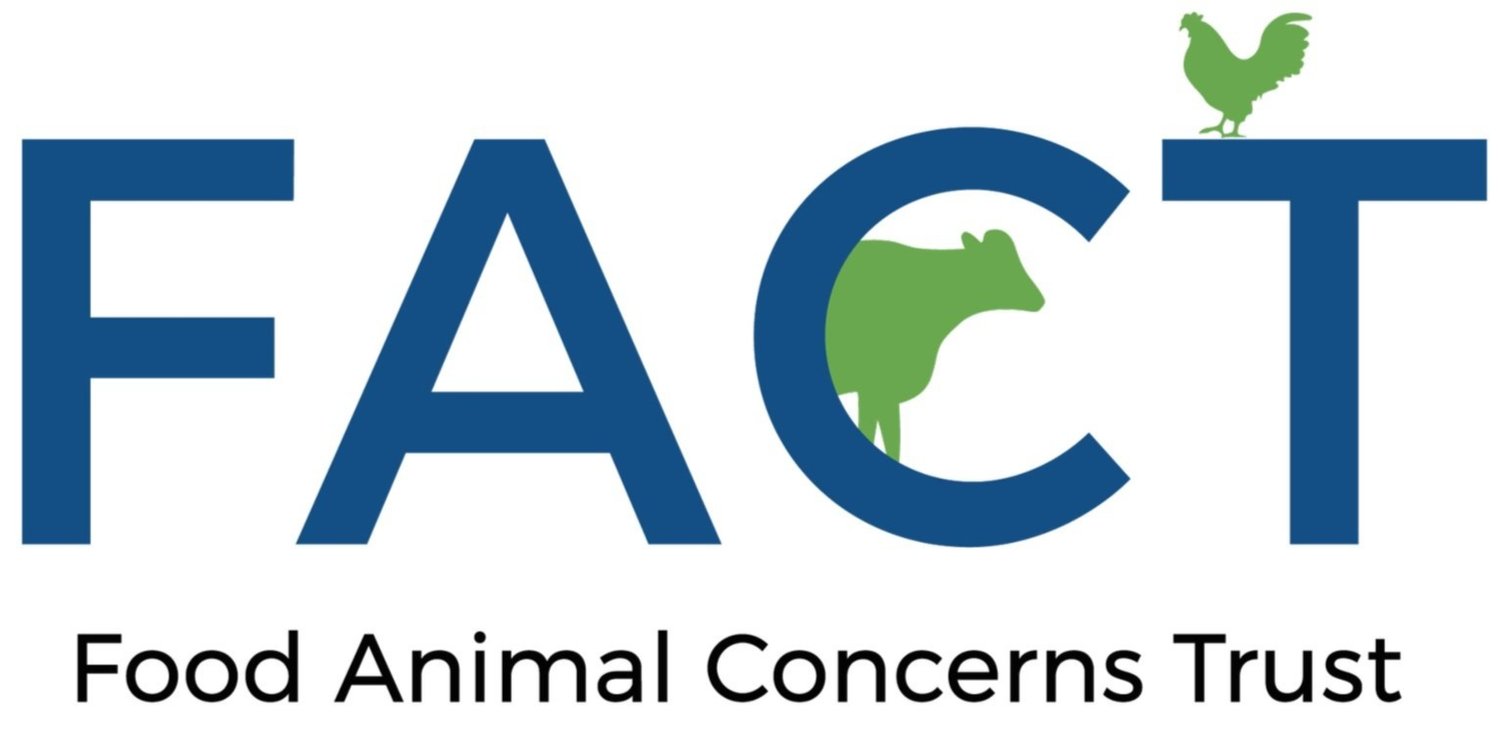Antibiotic Resistance Disproportionately Impacts women’s Health
By Madeleine Kleven, Safe and Healthy Food Program Associate
Next week (May 14-20) is Women’s Health week. This year’s theme is “Women's Health, Whole Health: Prevention, Care and Wellbeing”. This is a meaningful week encouraging women and girls everywhere to prioritize their health and wellness. Amidst the pandemic and other social turbulence, it is more important than ever to take a few deep breaths and focus on your physical and mental health. It is also critical that we push for policies and legislation that promote the health of women and in turn support healthier communities as a whole.
In the United States and throughout the world, significant health disparities exist between men and women. Women are disproportionately affected by cardiovascular disease, autoimmune conditions, stroke and Urinary Tract Infections (UTI’s). Unfortunately, antimicrobial resistant infections can be added to that list as well. Due in large part to socio-cultural and biological factors, women are more susceptible to antimicrobial resistance (AMR) than men. Not only that, but women rely heavily on functioning antibiotics for menstruation, abortion, pregnancy and birth. With antibiotic resistance rapidly spreading, threatening to kill a staggering 10 million people a year by 2050, it’s time we prioritize women’s health and the protection of our precious antibiotics.
In advance of this important week, here are some things you should know about antimicrobial resistance and women’s health.
Antibiotics are critical for successful deliveries of babies, especially cesarean sections.
Women have an increased exposure to AMR during pregnancy, childbirth, and menstruation.
Globally, more than 30,000 women and 400,000 newborns die each year from infections around the time of birth.
Women’s experiences associated with pregnancy and childbirth may put them at increased risk of antibiotic resistance.
Women hold 76% of all healthcare jobs, putting them at higher risk for exposure to AMR.
Many women throughout the world lack equal access to healthcare or the education and knowledge to make informed choices about their care.
Women are 27% more likely to receive an antibiotic prescription in their lifetime compared to men. It is important to remember that an antibiotic may not be effective to treat your illness.
Women face a greater risk of contracting antibiotic resistant and non-resistant Urinary Tract infections (UTIs) than men,
Back in 2012, researchers found genetic similarities between E. coli from retail poultry at slaughterhouses and E. coli causing drug-resistant UTIs, suggesting that chickens were the most likely cause. Recently published evidence from researchers at The George Washington University estimates that as many as 640,000 infections each year are caused by foodborne E. coli strains from chicken, turkey and pork. This means, policies to reduce the overuse of antibiotics in industrial farming and reduce the incidence of antimicrobial resistance will not only support animal health and the public health but more specifically women’s health and well-being.
According to the US Centers for Disease Control and Prevention (CDC), “Perhaps the single most important action needed to greatly slow down the development and spread of antibiotic-resistant infections is to change the way antibiotics are used. Up to half of antibiotic use in humans and much of antibiotic use in animals is unnecessary and inappropriate and makes everyone less safe. Stopping even some of the inappropriate and unnecessary use of antibiotics in people and animals would help greatly in slowing down the spread of resistant bacteria.”
In order to preserve antibiotics for women and reduce their incidence of antibiotic resistant infections, changes in policy and practice need to take place. Currently two-thirds of the antibiotics shared between people and animals are used for use in farming, not to treat sick people. Without significant reductions in the amount of antibiotics used in industrial agriculture as well as human medicine, we can’t preserve these medicines for those in our communities who need them most.
This coming week as we think about ways to enhance women’s health and wellness, we need to be thinking about ways to reduce antibiotic overuse in farm animals and reduce the development of antibiotic resistant bacteria.
